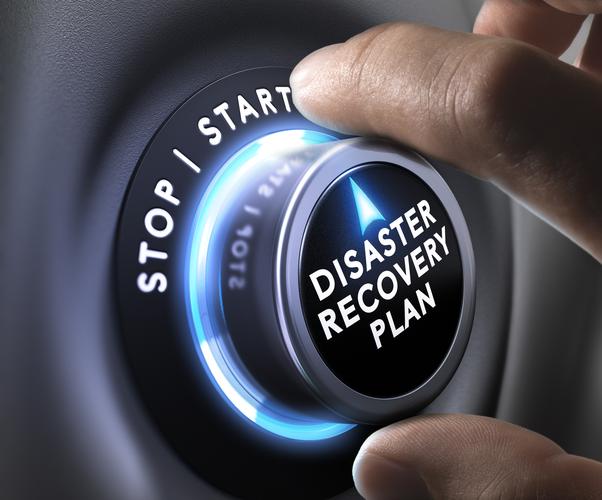
“A disaster recovery plan should [also] include a statement that can be published on your company’s website and social media platforms in the event of an emergency,” adds Robert Gibbons, CTO, Datto, a data protection platform. And be prepared to “give your customers timely status updates on what they can expect from your business and when. If your customers understand that you are aware of the situation, you are adequately prepared and working to take care of it in a timely manner, they will feel much better.”
[ Related: Disaster recovery in a DevOps world ]
5. Let employees know where to go in case of emergency – and have a backup worksite. “Many firms think that the DR plan is just for their technology systems, but they fail to realize that people (i.e., their employees) also need to have a plan in place,” says Ahsun Saleem, president, Simplegrid Technology. “Have an alternate site in mind if your primary office is not available. Ensure that your staff knows where to go, where to sit and how to access the systems from that site. Provide a map to the alternate site and make sure you have seating assignments there.”
“In the event of a disaster, your team will need an operational place to work, with the right equipment, space and communications,” says DiLossi. “That might mean telework and other alternative strategies need to be devised in case a regional disaster causes power outages across large geographies. Be sure to note any compliance requirements and contract dedicated workspace where staff and data can remain private. [And] don’t contract 50 seats if you’ll really need 200 to truly meet your recovery requirements.”
6. Make sure your service-level agreements (SLAs) include disasters/emergencies. “If you have outsourced your technology to an outsourced IT firm, or store your systems in a data center/co-location facility, make sure you have a binding agreement with them that defines their level of service in the event of a disaster,” says Saleem. “This [will help] ensure that they start working on resolving your problem within [a specified time]. Some agreements can even discuss the timeframe in getting systems back up.”
7. Include how to handle sensitive information. “Defining operational and technical procedures to ensure the protection of…sensitive information is a critical component of a DR plan,” says Eric Dieterich, partner, Sunera. “These procedures should address how sensitive information will be maintained [and accessed] when a DR plan has been activated.”
8. Test your plan regularly. “If you’re not testing your DR process, you don’t have one,” says Singleton. “Your backup hardware may have failed, your supply chain may rely on someone incapable of dealing with disaster, your internet connection may be too slow to restore your data in the expected amount of time, the DR key employee may have changed [his] cell phone number. There are a lot of things that may break a perfect plan. The only way to find them is to test it when you can afford to fail.”
“Your plan must include details on how your DR environment will be tested, including the method and frequency of tests,” says Dave LeClair, vice president, product marketing, Unitrends, a cloud-based IT disaster recovery and continuity solution provider. “Our recent continuity survey of 900 IT admins discovered less than 40 percent of companies test their DR more frequently than once per year and 36 percent don’t test at all.
“Infrequent testing will likely result in DR environments that do not perform as required during a disaster,” he explains. “Your plan should define recovery time objective (RTO) and recovery point objective (RPO) goals per workload and validate that they can be met. Fortunately, recovery assurance technology now exists that is able to automate DR testing without disrupting production systems and can certify RTO and RPO targets are being met for 100 percent confidence in disaster recovery even for complex n-tier applications.”
Also keep in mind that “when it comes to disaster recovery, you’re only as good as your last test,” says Loring. “A testing schedule is the single most important part of any DR plan. Compare your defined RTO and RPO metrics against tested results to determine the efficacy of your plan. The more comprehensive the testing, the more successful a company will be in getting back on their feet,” he states. “We test our generators weekly to ensure their function. Always remember that failing a test is not a bad thing. It is better to find these problems early than to find them during a crisis. Decide what needs to be modified and test until you’re successful.”
And don’t forget about testing your employees. “The employees that are involved need to be well versed in the plan and be able to perform every task they are assigned to without issue,” says Ferguson. “Running simulated disasters and drills help ensure that your staff can execute the plan when an actual event occurs.”
Join the CIO Australia group on LinkedIn. The group is open to CIOs, IT Directors, COOs, CTOs and senior IT managers.
